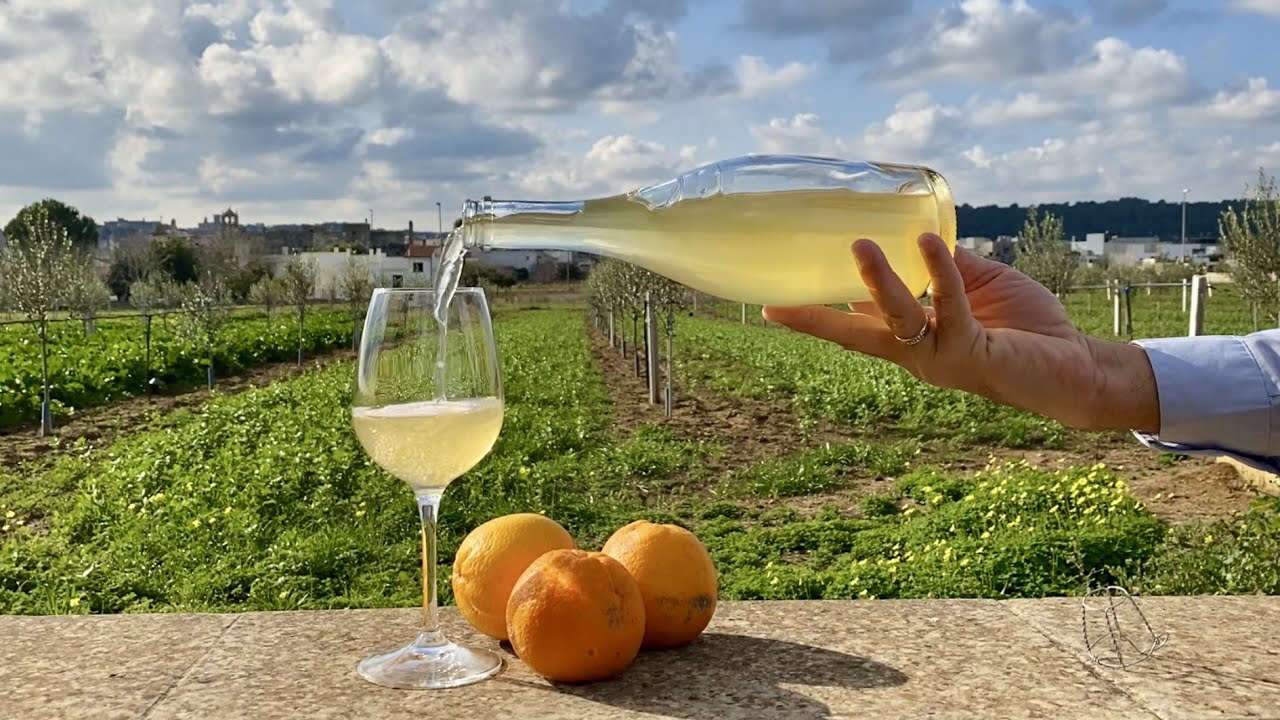Orange wine has emerged as one of the most attractive trends in the contemporary wine world, capturing the attention of sommeliers, wine enthusiasts, and curious drinkers alike. Despite its name, this unique beverage isn’t made from oranges but represents an ancient winemaking technique experiencing a remarkable modern revival. Characterized by its distinctive amber hue and complex flavor profile, orange wine offers a sensory experience that bridges the gap between traditional white and red wines. The global orange wine market has witnessed extraordinary growth, with sales increasing by 99% in the UK alone over the past year, signaling a shift in consumer preferences toward more adventurous and authentic wine experiences. This ancient-yet-innovative wine style is reshaping how we think about wine categories and flavor possibilities.
What Makes Orange Wine Special
Orange wine, also known as skin-contact wine or amber wine, is crafted using white grapes fermented with their skins and seeds – a technique typically reserved for red wine production. This extended maceration process, which can last from hours to months, allows tannins, phenolic compounds, and pigments to leach into the wine, creating its signature amber color and robust structure. The longer the fermentation period with grape solids, the deeper the wine’s color and the more complex its flavor profile becomes.
The production method dates back thousands of years to regions like Georgia, where traditional winemakers used large clay vessels called qvevri for fermentation. This ancient technique has been refined and adapted by modern producers worldwide, creating a diverse spectrum of styles from light and delicate to bold and tannic.
The Global Orange Wine Boom

The orange wine market is experiencing unprecedented growth across multiple regions. Production has expanded beyond traditional strongholds in Georgia, Italy, and Slovenia to include innovative producers in the United States, Australia, South Africa, and Chile. This geographic diversification has introduced new grape varieties and winemaking techniques, enriching the category’s complexity.
Market data reveals remarkable consumer enthusiasm, particularly in the UK, where London, Manchester, and Kent emerged as top regions for orange wine sales, showing month-on-month increases of 437%, 120%, and 115% respectively. The trend is driven by millennials and premium wine segment consumers seeking natural, organic, and artisanal products.
Health Benefits and Unique Characteristics
Orange wine offers potential health advantages due to its extended skin contact during production. This process extracts significantly more antioxidants compared to traditional white wines, with studies showing six times more antioxidant activity than standard white wine. The wine contains beneficial compounds like resveratrol, kaempferol, and catechins, which may help reduce inflammation and lower the risk of heart disease.
The flavor profile of orange wine is distinctively complex, featuring aromas of dried fruit, nuts, honey, and floral notes. The palate combines citrus and stone fruit flavors with savory and spicy undertones, supported by a tannic structure unusual for white wines.
Perfect Food Pairings
Orange wine’s versatility makes it exceptional for food pairing. Its balanced structure and tannic backbone allow it to complement a wide range of dishes, from pork and roasted vegetables to more adventurous pairings like sea urchin, fried chicken, and aged hard cheeses. Asian cuisines, particularly Thai food with aromatic spices and complex flavors, create harmonious pairings with orange wine’s layered characteristics. The wine’s acidity and minerality make it suitable for both hearty holiday meals and delicate desserts featuring baked fruit and nuts.


